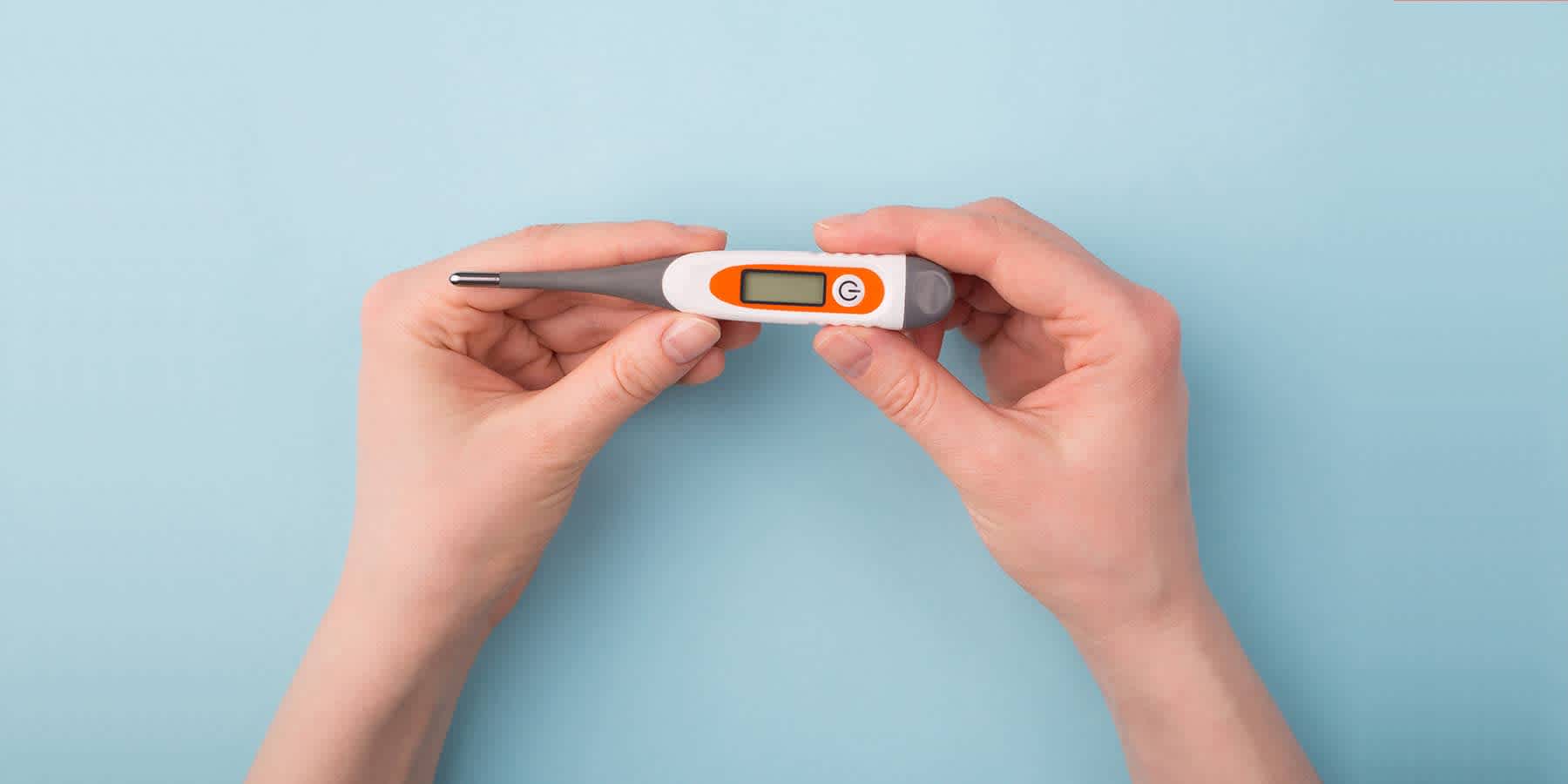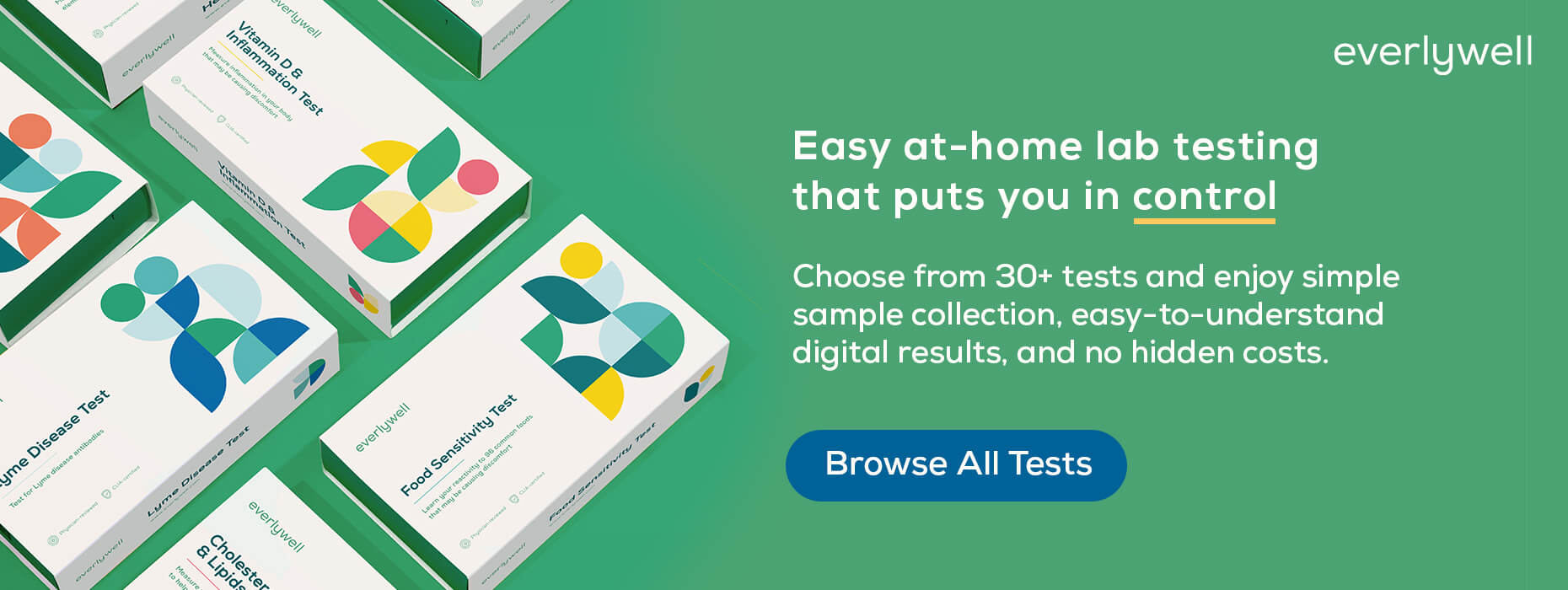
How to Calculate Your Fertile Window
Medically reviewed on January 9, 2022. To give you technically accurate, evidence-based information, content published on the Everlywell blog is reviewed by credentialed professionals with expertise in medical and bioscience fields.
Family planning can come with a variety of complications. There are countless factors involved with fertility and pregnancy. Some of these are out of your control, like your age and genetics. Other factors, including diet and general lifestyle, are a bit more manageable. Still, even with the best intentions, getting pregnant can be difficult. A great place to start is learning more about a fertility diet, what affects fertility, and when a woman is least fertile (also consider learning more about the at-home Women's Fertility Test).
One of the most important factors in pregnancy is timing. While you can ostensibly get pregnant at any time of the month, you have the highest chance of pregnancy during your fertile window. Learn more about your fertile window and how to calculate it below.
Understanding Your Menstrual Cycle
The menstrual cycle is your body’s way of preparing itself for a potential pregnancy through physiological changes within your reproductive system. The process is managed by a variety of hormones, primarily estrogen and progesterone. Your first period will typically start around puberty, around age 12, but it can happen earlier or later. The cycle continues every month until menopause, usually around age 51. Menopause marks the end of your ability to reproduce [1].
During your menstrual cycle, these hormones signal the release of eggs (more specifically known as ovocytes) from your ovaries. You have two ovaries that store these egg cells, but they are considered “immature” and thus unable to get fertilized by a sperm cell. As you begin your period, your ovaries develop follicles that store one egg cell each. By the end of your period, one of these egg cells matures and is ready for fertilization. The mature egg then releases from the ovary and travels to the uterus via a fallopian tube, a process known as ovulation [1].
Along with releasing a mature egg, the hormones involved in your menstrual cycle make your uterine lining thick and spongy. This creates an ideal environment for the egg cell, should it get fertilized. The lining is primarily composed of blood and tissue and is full of nutrients to support a pregnancy [1].
However, if you do not get pregnant, this lining sheds and is released out of the vagina. This is known as your period, or menstruation. The period signals the first day of your menstrual cycle, and it also denotes that you did not get pregnant in your previous menstrual cycle [1].
What Is Your Fertile Window?
Although you can potentially get pregnant at any point during your cycle, you have the highest chance of pregnancy during ovulation and in the days immediately leading up to ovulation. During ovulation, the egg can survive for about 24 hours after it has been released from your ovary [1].
While that seems like a slim margin of time, it’s important to note that sperm cells can survive for roughly five to six days within the uterus and fallopian tubes following ejaculation. This means that your highest chance of pregnancy encompasses about six days of each menstrual cycle during your ovulation window: the day that you ovulate and the five days immediately before ovulation [1].
This six-day period is considered your “fertile window.” If you want to get pregnant, the fertile days may be the best time to try.
Calculating Your Fertile Window
Calculating your fertility window can come with its challenges. Your menstrual cycle is measured from the first day of your period to the first day of your next period. Not all people have regular menstrual cycles. Some people have irregular cycles, wherein the number of days in your cycle length can vary from month to month. On average, one menstrual cycle lasts 28 days. However, some cycles can be as short as 21 days, while others may have menstrual cycles lasting upwards of 35 days [1].
As you age, your menstrual cycles can also change. By your 40s, your cycles can become more irregular. Sometimes, your cycle may stop for a month or a few months and then start again like nothing happened [2].
Given an average cycle length of 28 days, the ovulation date happens at the exact midpoint, or day 14. This means that your fertility window is roughly from day 9 to day 14 of your cycle. For shorter cycles lasting around 24 days, ovulation may happen around day 10, making your optimal window from day 5 to day 10 of your cycle.
Tracking Your Menstrual Cycle
Considering some people have cycles of varying lengths and regularities, one of the best things you can do to calculate your fertile window is to track your cycles. You can do this manually or use one of many third-party mobile apps.
Start by marking the day your period starts, which is the first day of your menstrual cycle. Then mark the beginning of your next period. Do this for a few months to determine the length of your natural cycle and your regularity. If your menstrual cycle is the same every month, you can generally consider the exact midpoint as your ovulation day.
Many people have irregular cycles, or their cycles vary slightly from month to month. After marking your irregular menstrual cycles for a few months and getting an average, subtract 18 days from your shortest cycle to get the first day of your fertile window. Subtract 11 days from your longest cycle to get the last day of your fertile window. Having sex between these days may be your most optimal days to get pregnant [4].
Tracking your fertile period and ovulation window during your specific menstrual cycle is key to increasing your chances of pregnancy. If tracking your fertility and ovulation windows is challenging, you can use a fertility app or ovulation calculator to determine these dates.
How to Tell When You Are Ovulating
Even when tracking your menstrual cycles, it can be challenging to determine precisely when you are ovulating. However, your body may offer some physical signals of ovulation.
Basal Body Temperature
During ovulation, your basal body temperature will rise slightly. This may be less than one degree, but it will stay that high until your next period. To keep track of your body temperature, invest in a basal body thermometer, which is more accurate and sensitive than a regular thermometer. Record your temperature every morning before you get out of bed [4].
The temperature change may be too slight for some people, but over a few cycles, you may be able to determine a pattern that can help you determine when you are ovulating or when you are about to ovulate [4].
Cervical Mucus
Your cervix naturally produces mucus, but the consistency of that mucus can change throughout your cycle. In the days leading up to ovulation, your cervical mucus will typically appear clear, slippery, and slick. It may just feel “wetter” and look almost like egg whites. This cervical fluid mucus consistency is designed to help sperm travel more easily through the cervix [5].
Ovulation may also be accompanied by bloating, breast tenderness, or mild abdominal pain, but these symptoms aren’t reliable and are easy to mistake for other things [6].
Calculating your fertile window can be difficult, but it can be the key to good timing for pregnancy. Often the best method is to track your menstrual cycle while keeping an eye out for physical signs of ovulation. To learn if your hormones are balanced to help support normal ovarian function, try out the at-home Everlywell Fertility Test, or see a fertility specialist to determine if you have any underlying hormonal issues hindering your ability to conceive.
Related content
References
1. Menstruation. Planned Parenthood. URL. Accessed January 9, 2022.
2. Your menstrual cycle. Office on Women's Health. URL. Accessed January 9, 2022.
3. Understanding ovulation and the fertile window. The Fertility Society of Australia. URL (PDF). Accessed January 9, 2022.
4. How to Chart Your Menstrual Cycle. WebMD. URL. Accessed January 9, 2022.
5. Your Fertility right time for sex. Your Fertility. URL. Accessed January 9, 2022.
6. How can I tell when I'm ovulating? National Health Service (UK). URL. Accessed January 9, 2022.
